A United Front: How CD Projekt Red’s New Strategy Puts All Its Eggs in One Basket
Popular Now
 Rust
Rust
 Minecraft
Minecraft
 Brawl Stars
Brawl Stars
 Grand Theft Auto V
Grand Theft Auto V
 Among Us
Among Us
 Schedule I
Schedule I
 BeamNG.drive
BeamNG.drive
 Black Myth: Wukong
Black Myth: Wukong
 League of Legends
League of Legends
 Genshin Impact
Genshin Impact 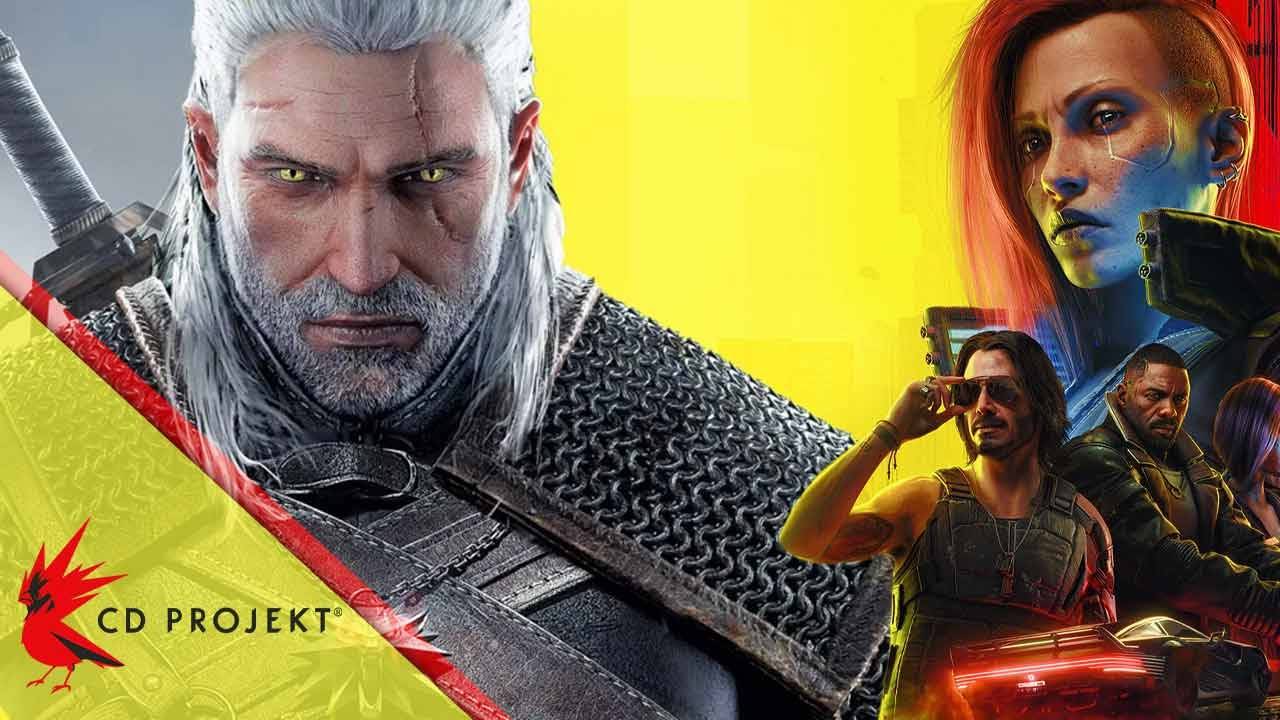
In the aftermath of the turbulent launch of Cyberpunk 2077, CD Projekt Red has undergone a profound transformation. The company’s new long-term strategy, laid out in an investor presentation, is a clear course correction, prioritizing sustainability and a more streamlined development process. However, a key element of this new approach has sparked both excitement and apprehension among fans: the decision to tie the future of both its flagship franchises, The Witcher and Cyberpunk, to the same core technology and a parallel development pipeline. This move, for better or worse, signifies a united future for the Polish studio’s two most valuable IPs.
 The New Strategy: Unreal Engine 5 and Parallel Development
The New Strategy: Unreal Engine 5 and Parallel Development
CD Projekt Red’s new strategy revolves around two core pillars. The first is a major technological shift. The studio has famously retired its proprietary RED Engine in favor of Epic Games’ Unreal Engine 5 for all future projects. This decision, while controversial to some purists, is a pragmatic one. UE5 provides a stable, modern, and powerful foundation that allows the studio to focus on creative development rather than constant engine optimization. This move is expected to drastically reduce the technical hurdles that plagued Cyberpunk 2077‘s development, providing a more stable and predictable development environment. The second pillar is the move to a parallel development pipeline, a departure from their previous “one game at a time” model. By working on multiple AAA projects simultaneously, the studio aims to shorten the time between major releases and maintain a consistent flow of content for players.
 The Witcher and Cyberpunk, Side-by-Side
The Witcher and Cyberpunk, Side-by-Side
The new strategy has a direct and significant impact on the future of both The Witcher and Cyberpunk. The next major game in the Witcher series, codenamed “Project Polaris,” which will kick off a new trilogy, and the Cyberpunk 2077 sequel, codenamed “Project Orion,” are both being developed in parallel and on the same UE5 engine. This creates a remarkable level of synergy. Not only will the teams be able to share tools, assets, and technology, but the lessons learned from one project can be directly applied to the other. For instance, the new and improved combat systems developed for one game could potentially influence the other, creating a shared design philosophy. This is a massive gamble, as the studio is betting its entire future on the success of two enormous, simultaneous projects. If one were to falter, it could cast a shadow over the other and put the entire company at risk.
The Pros and Cons of a Shared Future
There are clear advantages to this approach. A shared engine and parallel development allow for faster, more efficient production. For fans, this means a reduced wait time between new releases from their favorite franchises. It also fosters a cohesive creative vision across the studio, ensuring that both games feel like a part of the CD Projekt Red family. The success of Cyberpunk 2077: Phantom Liberty, which many consider a high point for the company’s new development ethos, suggests this new approach is a viable one. However, the risks are substantial. The sheer scale of working on two massive projects at once could lead to resource strain and potential feature cuts. A single misstep could prove catastrophic. The company’s future is no longer tied to just one series’ success or failure, but to the performance of both. This is a level of risk and ambition not seen from a major AAA studio in recent memory, and it signals a newfound confidence in their ability to deliver on their promises.
Ultimately, the shared technological and strategic foundation for The Witcher and Cyberpunk marks a turning point for CD Projekt Red. It is a calculated risk that, if successful, could propel the studio into a new era of unprecedented success. For now, fans will be watching closely as “Project Polaris” and “Project Orion” are built side-by-side, hoping that this united front will lead to the high-quality, story-driven RPGs that the studio has become famous for. The future of both Geralt and V rests on the same basket, and the gaming world is holding its breath to see if it holds.



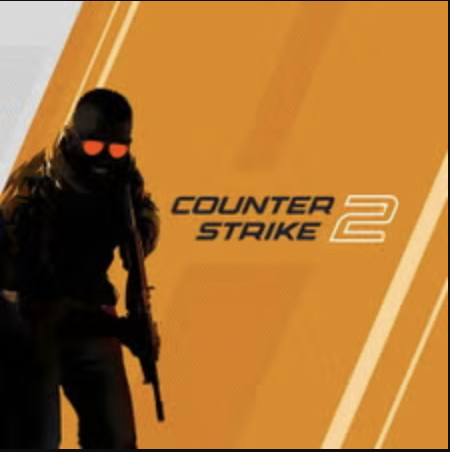

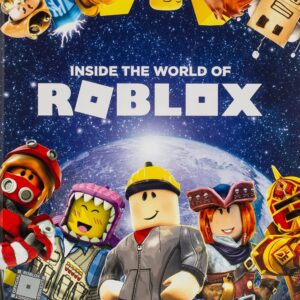



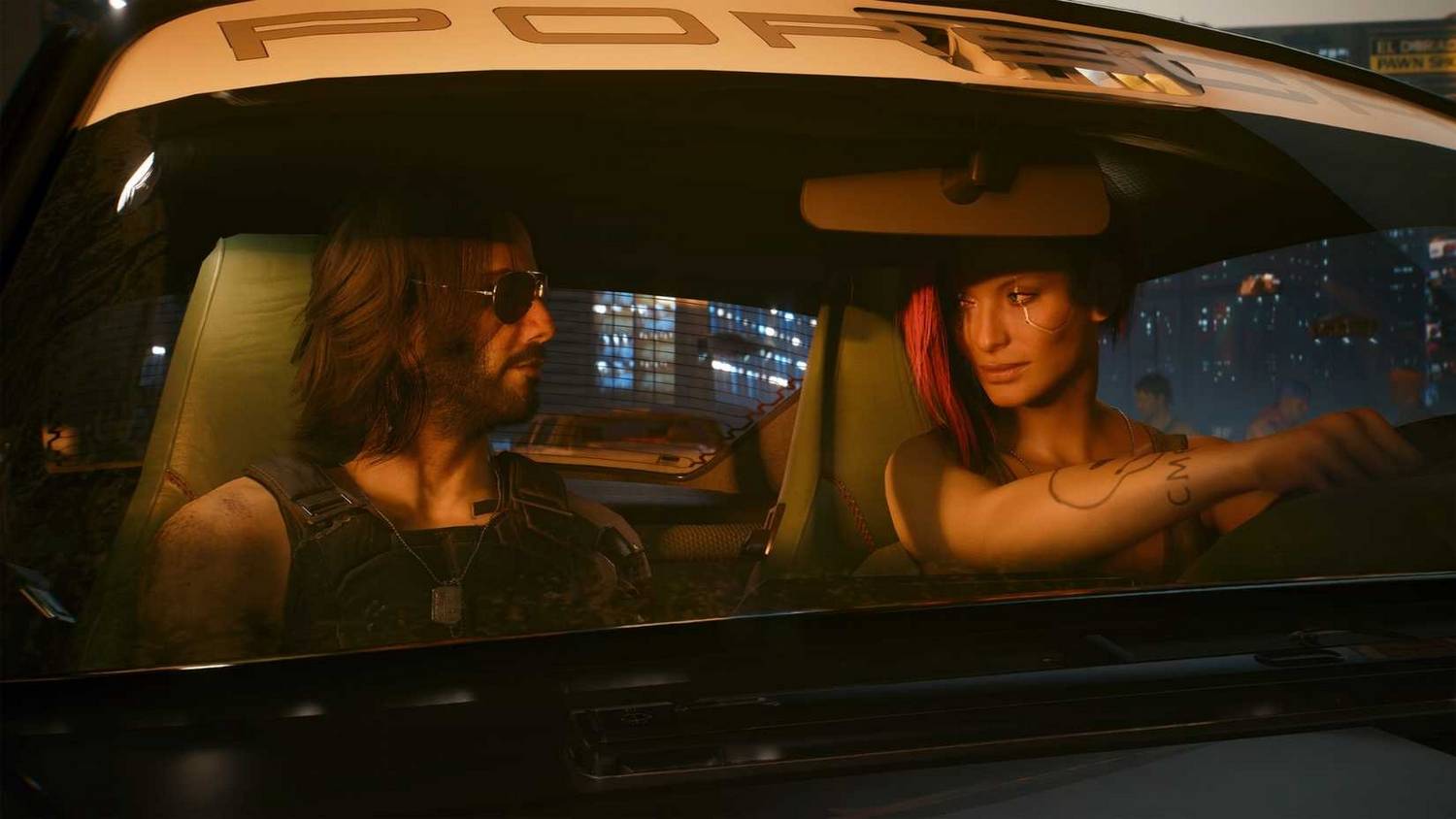 The New Strategy: Unreal Engine 5 and Parallel Development
The New Strategy: Unreal Engine 5 and Parallel Development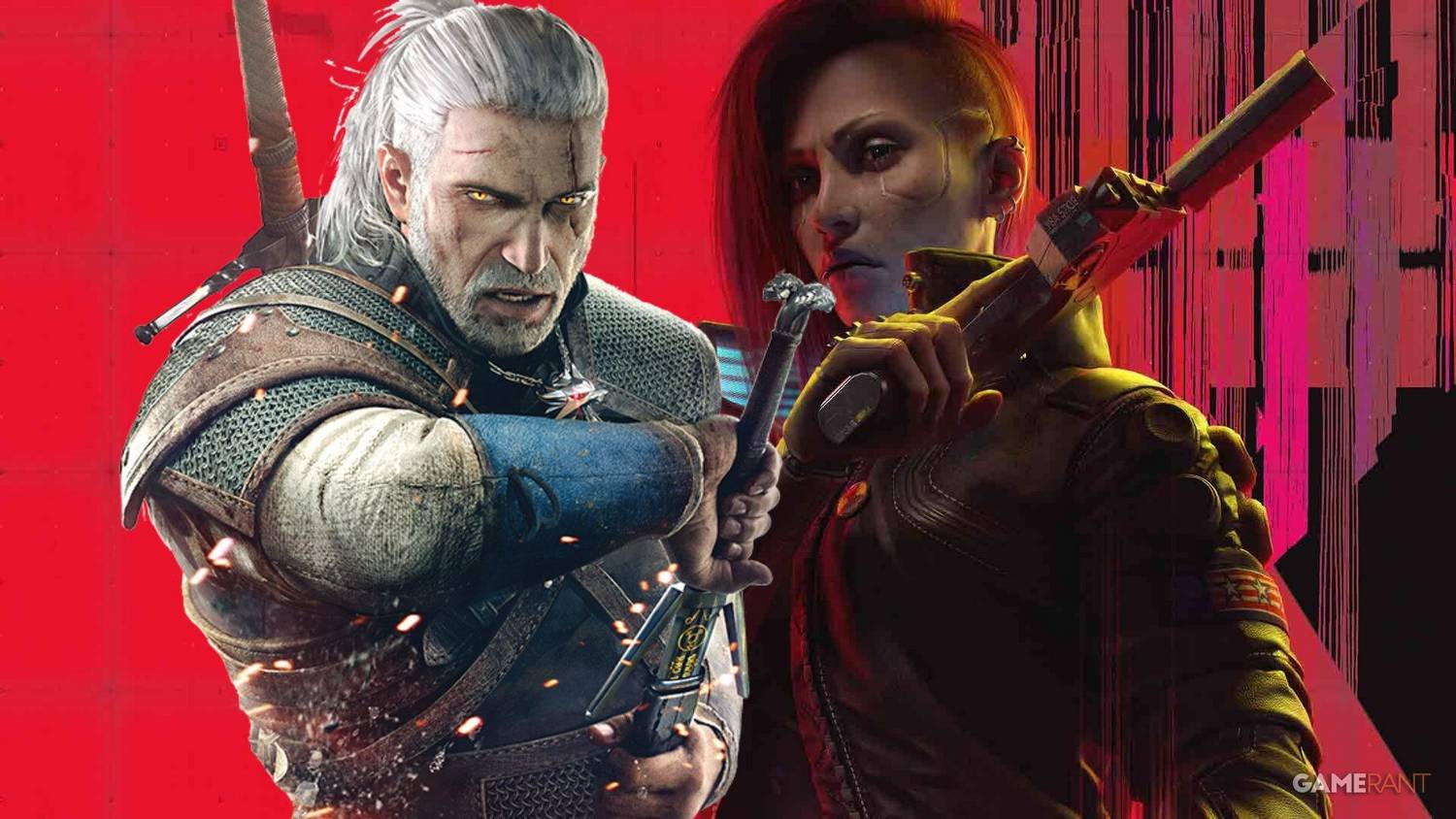 The Witcher and Cyberpunk, Side-by-Side
The Witcher and Cyberpunk, Side-by-Side